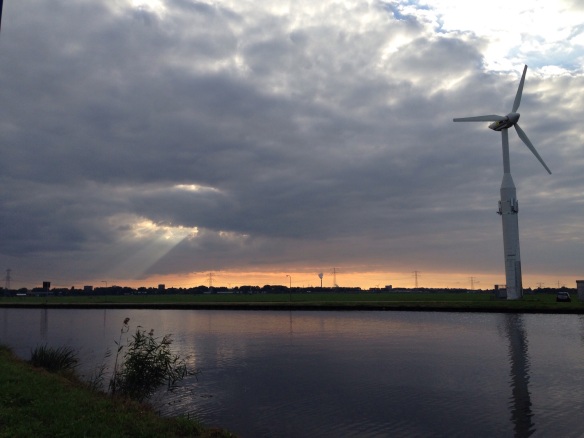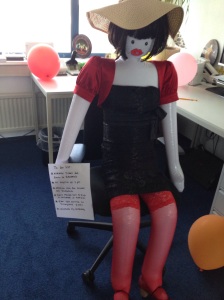It took me three days to find the china. Service for twelve should not have eluded me for so long. I eventually discovered it, but only by looking behind every door and in every box. As it turned out, before we moved to Amsterdam I had packed the dishes and stored them safely away. In the china cabinet.
In truth, it wouldn’t have mattered if it took me three months to find the china. It’s been nearly fifteen years since we received it as a wedding gift, and since then, we’ve used it only a handful of times. At least four place settings are on display in the aforementioned china cabinet, ready to be pressed into service for any Tuesday night dinner – an occasion that never seems to arrive.
One of the benefits of moving across the ocean and back again is the chance to consider your possessions. When we packed up our house several years ago, I handled (and I mean that literally) most of our stuff. Box after box was filled and donated to the Salvation Army. What we kept was stored in plastic totes, labeled, and put in the attic.
The process reversed itself when we returned to Boston. This resulted in another pile of boxes for donation; my threshold for “stuff” had decreased after our four years living abroad. There was no great virtue behind our minimalist approach to life in Amsterdam: the constraints of space and practicality dictated our choices.
Now that we are back in our very American-sized home, with space to spare, I’m resisting the urge to re-populate the rooms with stuff we no longer need or that is no longer meaningful. I think I’ve mostly been successful. But I’ve noticed in myself an unexpected reaction as I continue to work through the boxes and totes that hold our things. It happens when I come across something beautiful. A hand-embroidered tea towel made by my grandmother. The Depression glass sugar and creamer set that was my mother’s. My own china dishes. Things that were packed away long before our time abroad. Things that have always been packed away.
All these beautiful things we never use.
Well, enough. Why am I saving these things? What are they for, if not to be used?
I don’t think my impulse to protect and preserve certain things is unique. We may all have a “good [fill in the blank]” that we’re saving for a special occasion; something that, due to its cost or provenance, we feel we cannot waste on the everyday. But there’s something to be said for loving and valuing the everyday enough to give it the good stuff, no? What are we waiting for?
So dine with the good china. Dig out the special underwear (yep, gentlemen readers, most women have them). Cut some flowers from your garden and put them in that vase that’s high up on a shelf, safe and forgotten. Bring out the beautiful things. Use them up.
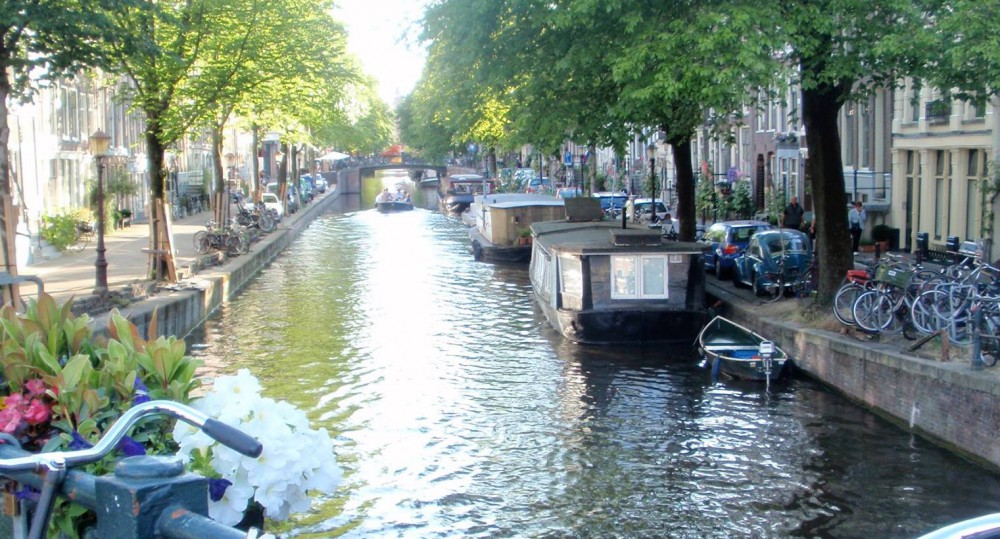
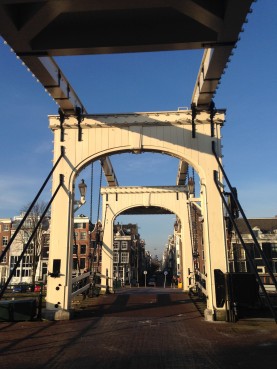
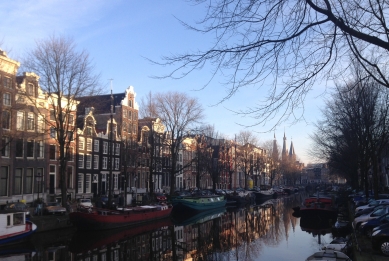 This morning I woke up early, even though I had been out late at dinner with friends. The sun was shining and the light over the city was so pure and lovely that I just couldn’t stay inside. I threw on some clothes and headed out into the freezing morning cold. No destination in mind, just a wandering path from one canal to another, over a bridge, a stop at the Amstel. Once again, I had the city almost to myself. There were a few morning joggers, and a handful of people who hadn’t gone to bed yet. But mostly, it was just me, greeting the morning on now-familiar streets, even if I still don’t know their names.
This morning I woke up early, even though I had been out late at dinner with friends. The sun was shining and the light over the city was so pure and lovely that I just couldn’t stay inside. I threw on some clothes and headed out into the freezing morning cold. No destination in mind, just a wandering path from one canal to another, over a bridge, a stop at the Amstel. Once again, I had the city almost to myself. There were a few morning joggers, and a handful of people who hadn’t gone to bed yet. But mostly, it was just me, greeting the morning on now-familiar streets, even if I still don’t know their names.